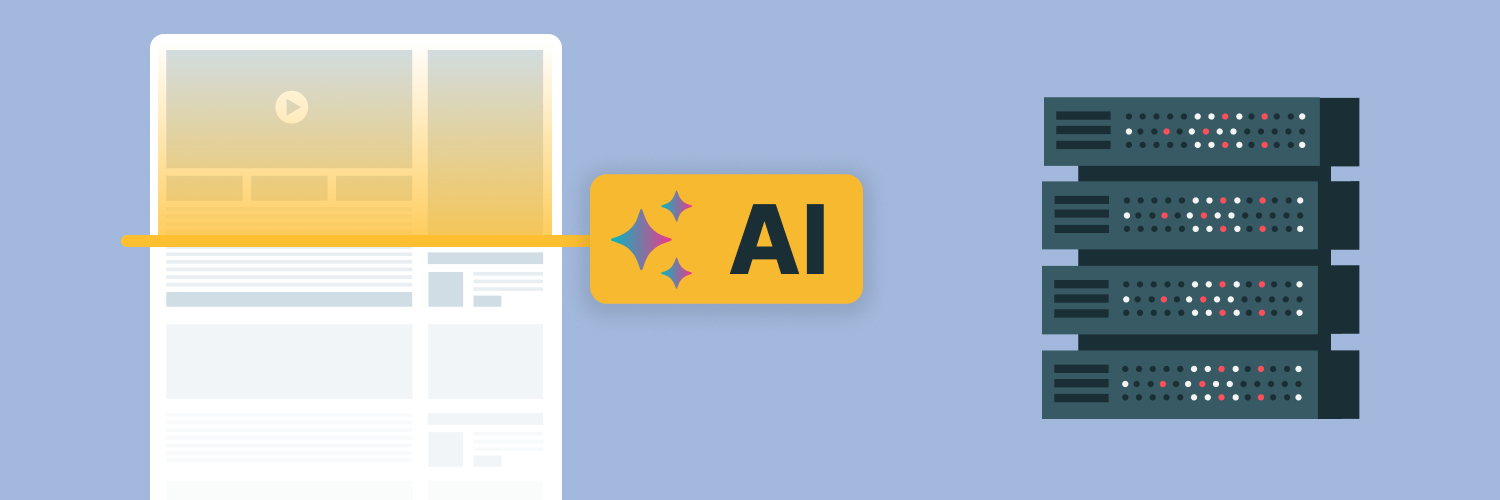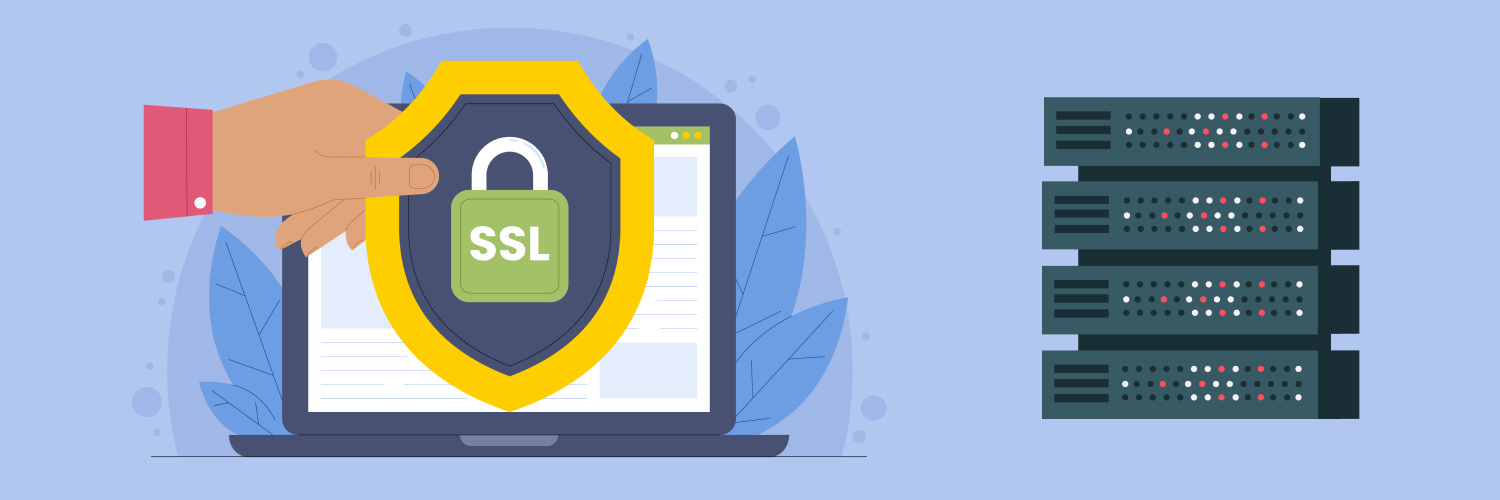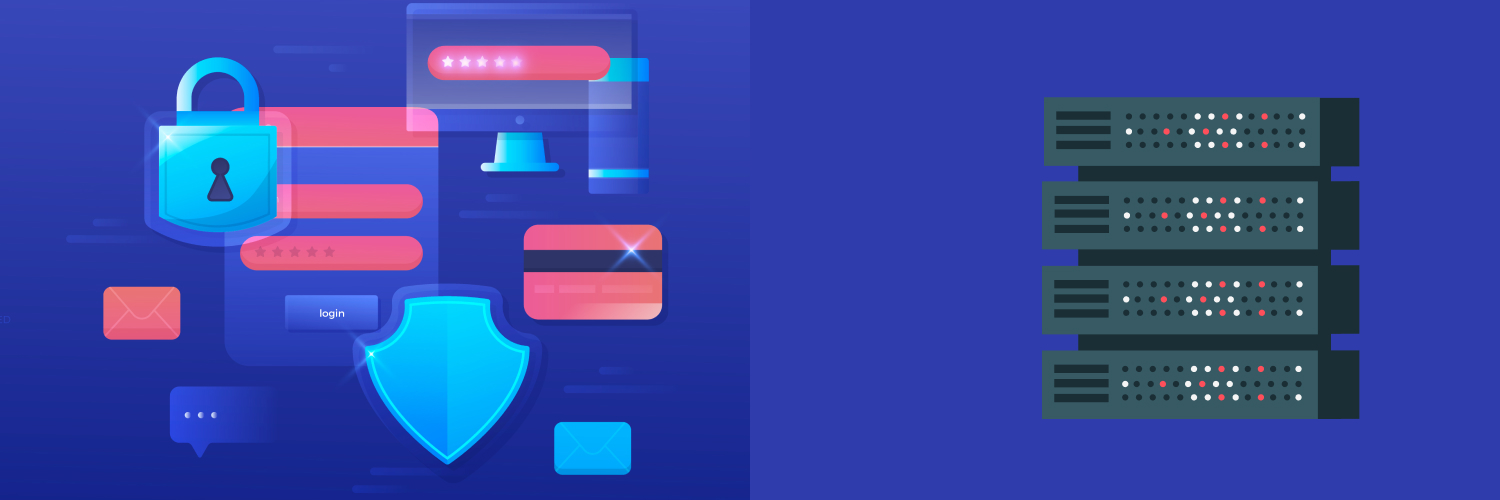Why Unmanaged Network Infrastructure Is a Cybercriminal’s Dream
Cybersecurity discussions in today’s increasingly connected world often emphasize software vulnerabilities, phishing schemes, and ransomware threats. However, a more subtle – and equally dangerous – threat lurks beneath the surface: unmanaged digital infrastructure assets that many enterprises, universities, and public institutions unknowingly leave exposed.
One of the most overlooked assets is IPv4 address blocks – legacy allocations that, if left unmonitored and unnoticed by management systems, provide a hidden playground for cybercriminals to launch attacks, hide their activities, and erode trust in internet systems.
According to Cybersecurity Ventures, ransomware damages are expected to cost the global economy $275 billion annually by 2031. Organizations must face a new reality: they jeopardize security and value if they do not actively manage their network resources.
See How Rayobyte can Help
Make your e-commerce data faster and more reliable.

The Hidden Risk Of Idle Infrastructure
The IPv4 address space, which was initially distributed freely during the early days of the Internet, has become increasingly scarce and valuable. However, many institutions retain large blocks of addresses without active oversight, making them susceptible to hijacking and abuse.
IP address hijacking occurs when a threat actor illegitimately takes control of an IP address block, often by announcing false routes to internet routers and redirecting traffic meant for the rightful owner. Because these IP addresses appear valid on the public internet, attackers can use them to send spam, host phishing sites, or create botnets – all while remaining undetected. In many instances, the legitimate owner is unaware that their addresses are being exploited.
Cybercriminals often scan inactive IP address ranges, using them for various malicious activities. Spam distribution remains one of the most common threats: A 2023 report by Statista indicates that spam emails constituted approximately 45.6% of global email traffic. The U.S. and China have emerged as the primary sources of spam emails, sending close to 8 billion spam emails each day per country. Hijacked IP addresses frequently create new, seemingly clean environments to send these messages before detection systems can respond.
Phishing campaigns continue to grow, too. The Cybercrime Info Center reported over 1.8 million unique phishing attacks between May 2022 and April 2023, many of which rely on hijacked or misused network blocks to avoid early detection.
Botnet hosting also thrives on unmanaged infrastructure. According to Spamhaus, botnet command-and-control servers increased by 16% in Q4 2023, illustrating how cybercriminals exploit abandoned address space to carry out malware and ransomware campaigns.
The command-and-control infrastructure for ransomware is especially concerning. The FBI reported a 9% rise in ransomware attacks on U.S. critical infrastructure in 2024, frequently facilitated by compromised or hijacked networks that lack active oversight.
Even cryptocurrency fraud is driven by hijacked resources. The FBI’s 2023 Internet Crime Report revealed that cryptocurrency-related fraud caused losses exceeding $5.6 billion, a 45% increase from the previous year, as criminals exploited compromised infrastructure to host phishing websites and steal assets.
These realities underscore a hard truth: Unmanaged infrastructure isn’t just wasted; cybercriminals actively weaponize it.
Leasing As A Security Strategy
The traditional view of IP address leasing focuses on monetization. However, leasing can also act as a strong security mechanism. When an IP address block is actively leased through a trusted, structured platform, it’s:
- Continuously monitored for abuse patterns and dips in reputation.
- Protected by know-your-customer (KYC), anti-money laundering (AML), and Office of Foreign Assets Control (OFAC) processes that screen lessees before allocation.
- Secured with automated blacklisting detection and rapid incident response protocols.
- Actively validated in routing systems, making unauthorized hijacking attempts considerably more difficult.
Instead of remaining idle and exposed, the resource becomes a managed and monitored part of the global internet fabric.
A New Model For Digital Asset Stewardship
Every organization with internet-facing infrastructure must reconsider its stewardship model. It’s no longer sufficient to secure servers and patch software – proactive management of network resources has become integral to the cybersecurity mandate.
Practical steps forward:
- Audit your IPv4 and network assets. Understand exactly what you own, where it’s located, and if it’s in use.
- Secure dormant resources. Consider collaborating with reputable leasing platforms that emphasize security, compliance, and abuse prevention.
- Align IT, finance, and cybersecurity teams. Ensure that digital asset management is collaborative, not isolated.
- Monitor continuously. Establish real-time visibility over leased or unused space to quickly identify anomalies. Inaction is no longer harmless; it’s a liability.
Stewardship Or Exposure – The Choice Is Clear
The digital economy rewards those who actively manage and optimize their resources. Just as businesses protect financial assets and intellectual property, they must also secure and enhance their network resources.
The days of neglecting idle IP address blocks without repercussions are over. Cybercriminals are aware of this. Forward-thinking institutions recognize it. Now, the broader enterprise and public sectors must catch up – or risk facing the consequences.
See How Rayobyte can Help
Make your e-commerce data faster and more reliable.




